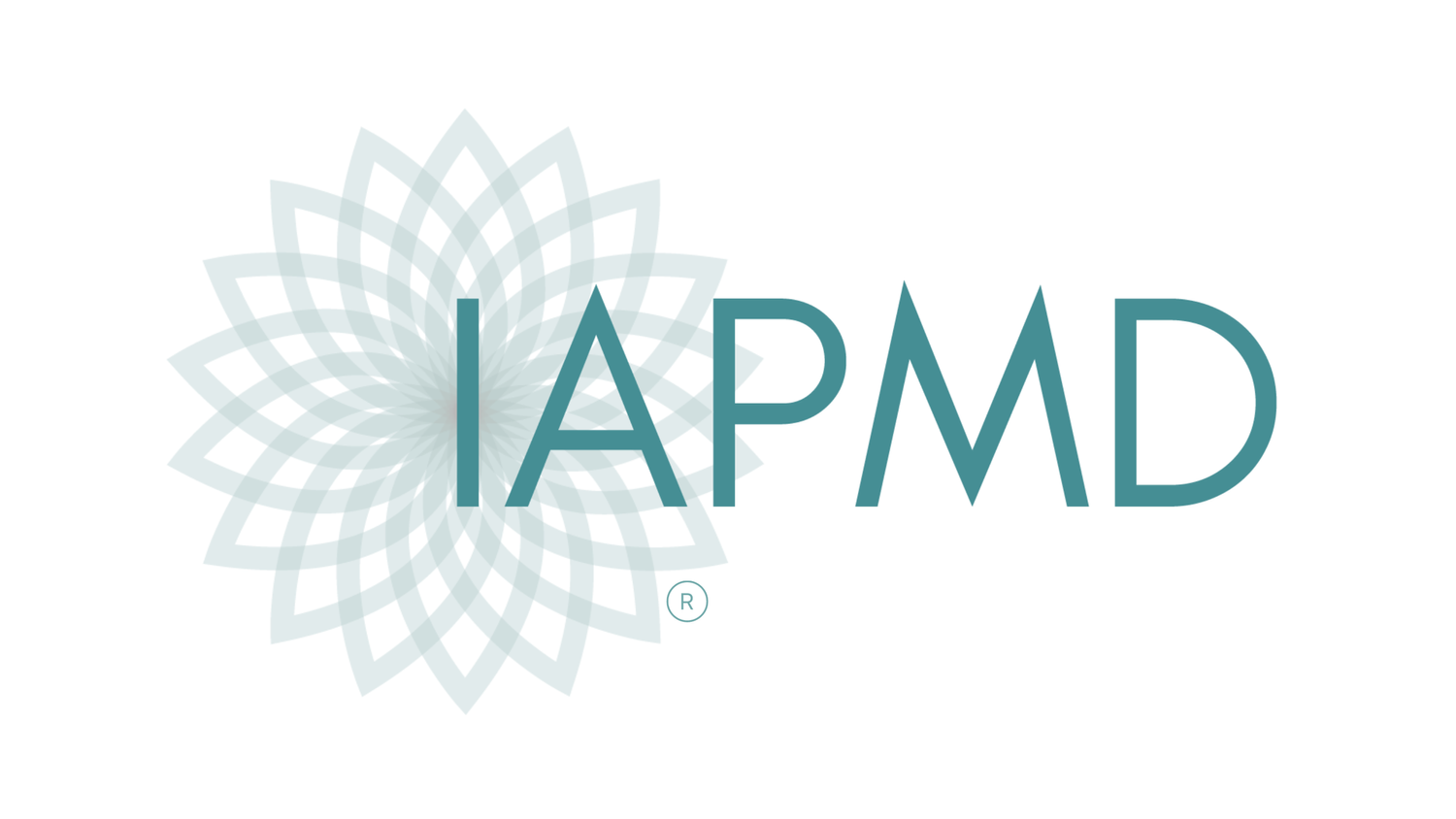Hormones and PMDD
The vast majority of women/AFAB with PMDD have normal hormone levels. PMDD appears to be a negative response to the normal fluctuations in female reproductive hormone levels. There are instances where an individual with PMDD is also suffering from a hormone imbalance, but for most hormone imbalance is not the cause of PMDD symptoms. A person exploring a PMDD diagnosis will want a Comprehensive Female Panel blood test to rule out any underlying disorders that may be causing symptoms.1,2
Progesterone and PMDD
The hormone progesterone is an essential part of the menstrual cycle, especially when it comes to reproduction. The rise in progesterone after ovulation is essential for maintaining a healthy pregnancy. When an ovulated egg is left unfertilized, progesterone falls and bleeding begins. This rise and fall post ovulation is called the Luteal Phase and typically when PMDD symptoms occur. In women/AFAB without PMDD, progesterone has a near calming effect. Recent studies show that those with PMDD may have an increased sensitivity to this particular hormone and experience increased activity in the emotional center of the brain. Much like some people drink alcohol and become happy while others become angry and depressed.3,4
Estrogen and PMDD
Beginning at puberty, a woman's ovaries start releasing estrogen in coordination with each monthly menstrual cycle. At mid-cycle, levels suddenly spike, triggering the release of an egg (ovulation). They then fall just as quickly. During the rest of the month, estrogen levels climb and fall gradually. While doctors agree estrogen does have an effect on mood, it is not understood exactly how and to what extent. Although not proven by medical research, some of the more holistic clinicians and doctors suspect that too high levels of estrogen versus too low levels of progesterone are a cause for PMDD. This condition is referred to as Estrogen Dominance. Many women with PMDD will find, however, that by trying to "level out" or "balance" the hormones by adding more progesterone will actually make symptoms worse for the sufferer. Caution is advised when considering any kind of hormone therapy to treat PMDD. All hormonal birth control methods will contain some form of progesterone.5,7
FSH and PMDD
Follicle-stimulating hormone (FSH) is a hormone found in humans and other animals. FSH regulates the development, growth, pubertal maturation and reproductive processes of the body. This hormone stimulates the creation and secretion of estrogen. FSH controlled by the hypothalamic gonadotropin-releasing hormone (GnRH). Gonadotropin-releasing hormone analogs (GnRH analogs or GnRH agonists) are sometimes used to treat PMDD by halting the production of FSH and in turn putting the body in a chemically induced state of menopause.6
LH and PMDD
Luteinizing hormone (LH) is a hormone also controlled by the hypothalamic gonadotropin-releasing hormone (GnRH). In females, a sharp rise or surge of LH triggers estrogen production (ovulation) and development of the corpus luteum. In men, this hormone triggers the production of testosterone.8
Updated on April 23, 2019
1. Schmidt PJ, Nieman LK, Danaceau MA, Adams LF, Rubinow DR. Differential behavioral effects of gonadal steroids in women with and in those without premenstrual syndrome. New England Journal of Medicine. 1998 Jan 22; 338(4): 209-216.
2. Steiner M, Born L. Diagnosis and treatment of premenstrual dysphoric disorder: an update. Int Clin Psychopharmacol 2000;15 (Suppl 3):S5-S17.
3. Brauser, D. (2013, October 18). Progesterone, Anxiety Affect Premenstrual Dysphoric Disorder. Retrieved April 23, 2015, from http://www.medscape.com/viewarticle/812792
4. Malin Gingnella, b, Arvid Morellc, Elin Bannbersa, Johan Wikströmc, Inger Sundström Poromaaa Received 22 February 2012, Revised 3 July 2012, Accepted 9 July 2012, Available online 17 July 2012
5. Todd, MD, N. (2008, January 1). Estrogen and Women's Emotions. Retrieved April 24, 2015, from http://www.webmd.com/women/guide/estrogen-and-womens-emotions
6. Pearlstein, T., & Steiner, M. (2008, July 1) Premenstrual dysphoric disorder: Burden of illness and treatment update. Retrieved April 24, 2015, from http://www.ncbi.nlm.nih.gov/pmc/articles/PMC2440788/#r84-2
7. Estrogen and Progestin (Oral Contraceptives): MedlinePlus Drug Information. (2012, July 18). Retrieved April 24, 2015, from http://www.nlm.nih.gov/medlineplus/druginfo/meds/a601050.html
8. Luteinizing hormone. (n.d.). Retrieved April 24, 2015, from http://en.wikipedia.org/wiki/Luteinizing_hormone

